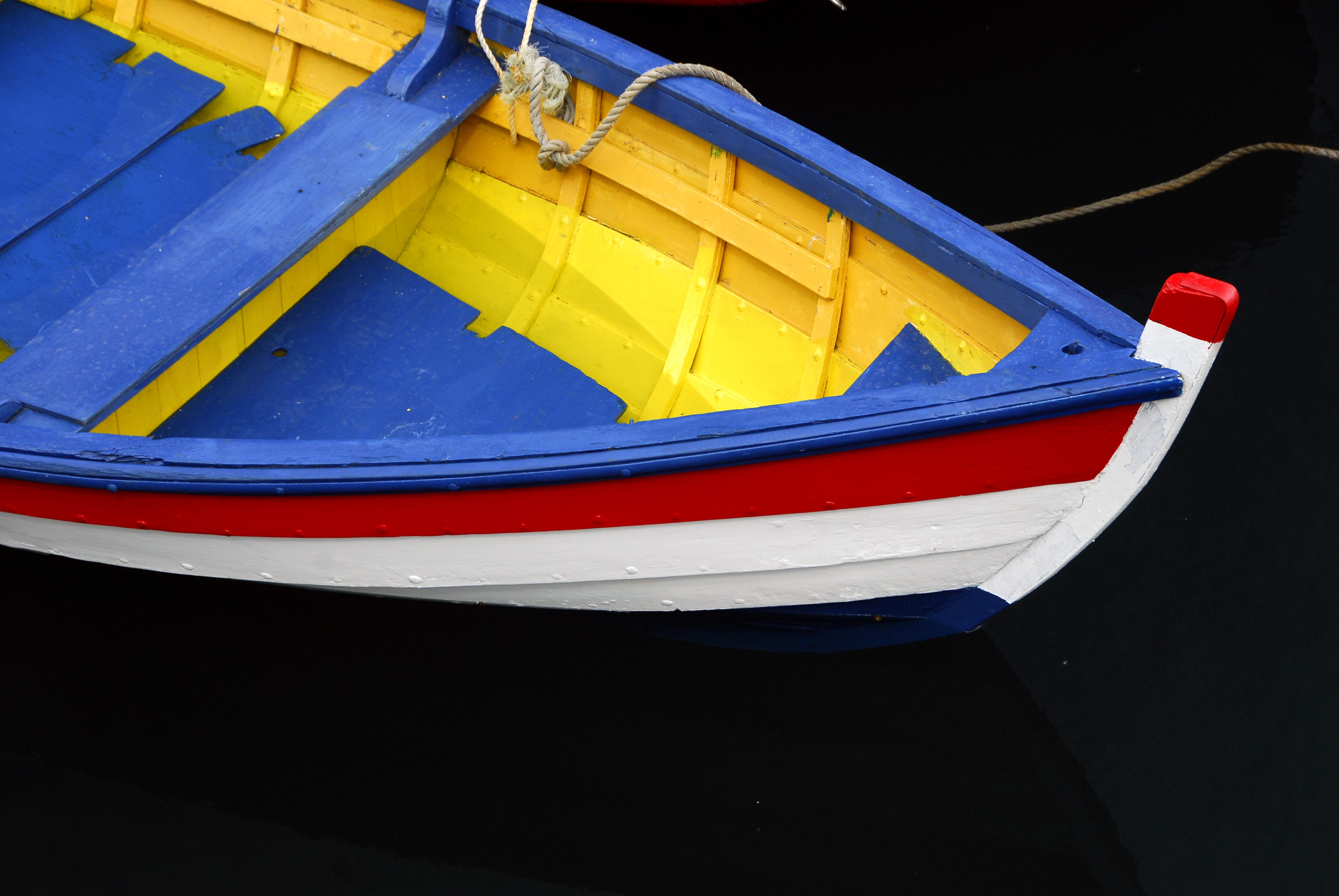Steve,
I have a 1974 Grand Banks and just moved into a new port with new slips and the shore power is GFI protected. When I try to plug in it trips the shore power. Will an isolation transformer solve this problem? I have 30 amp 120 shore power.
Thank you,
Mike Alred
Mike:
Isolation transformers are wonderful tools, they can reduce the likelihood of galvanic corrosion, as well as ensuring correct polarity, while reducing the possibility of swimmer electrocution (regardless, you should never swim around boats or docks with shore power).
Whether a transformer would prevent a dockside GFI from tripping is an interesting question. Provided all of the power entering the transformer returned via the shore power cable, then I’d say yes, it’s likely it would.
However, the bigger questions is, how is the shore power GFI protected? If that shore power relies on a standard 120 volt, 15-20 amp GFI receptacle, whose trip threshold is established for a single outlet at 5 mA (considered protection for people), then it would almost certainly trip if any vessel is plugged in, as the cumulative faults aboard most vessels nearly always exceed this low threshold.
If on the other hand the dockside GFI is in fact an RCD or residual current device, one whose threshold is designed to protect equipment rather than people, and set at 30 mA, and it’s tripping, then you have a genuine fault aboard that should be identified and corrected without delay. This type of protection, which is now required aboard vessels (as opposed to on the dock) whose builders or owners seek ABYC compliance, is referred to as an ELCI or Equipment Leakage Circuit Interrupter. Compliant vessels utilize these as the main inlet circuit breakers.
Again, isolation transformers make very good sense, providing a range of benefits, however, in this case, you wouldn’t want to install one if it’s simply masking an onboard electrical fault.
Steve,
I have a Yanmar 4JH2E 50 HP and a Groco SA 1000 strainer. The strainer has two outlets in line on it. The first goes to the head intake and the second is the engine intake. I need to connect a washdown pump (3.4 gal/min) to a raw water source and would like to put a Tee on the head intake.
My question is, when using the wash-down the engine will be idling, but will the wash-down pull water away from the engine intake and cause an overheat?
Best regards,
Neil Ross
Neil:
It’s frowned upon, if not forbidden, by engine manufacturers (including Yanmar) to share a raw water intake with any other equipment, the engine should have its own dedicated seacock and strainer. Adding other plumbing and devices invites restriction or the introduction of air into the system, and potentially engine overheating.
Therefore, I would not recommend that you add anything else to this intake and, ideally, the head and engine should draw from separate raw water inlets.
Hello Steve,
I recently graduated from a naval architecture program. I am now working with Rosborough Boats in Halifax, Nova Scotia. We are currently working on a 9.1m RHIB with two Yanmar 6BYE-220 Diesel inboards. I am trying to determine the most efficient way to supply the required amount of air to the engine compartment. The installation manual for these engines says they require a total air flow of 2750 m^3/h per engine. Can the supply duct size be reduced with the use of a blower? If it can, how can you determine the appropriate size of the duct? Should there also be a forced air exhaust out of the engine compartment as well? Thank you for your time.
Kindest Regards,
Nick Wagner
Nick:
Reducing the supply ducting and relying more heavily on forced ventilation means that the engine may not run properly in the event of a blower failure. The cross section intake area should, ideally, be able to support combustion air requirements, if not cooling capability.
Forced air in and out is also preferred, yes. If there’s only one forced vent, it should be exhaust, from the top of the compartment, allowing cool air to enter at the bottom.
Ask Steve questions should be addressed to asksteve@stevedmarineconsulting.com. Please include your full name and home port. Concise questions are more likely to be answered. For more information on the Ask Steve column, please visit www.stevedmarineconsulting.com/ask-steve/.
For more information on the services provided by Steve D’Antonio Marine Consulting, Inc. please e mail Steve at info@stevedmarineconsulting.com or call 804-776-0981.



